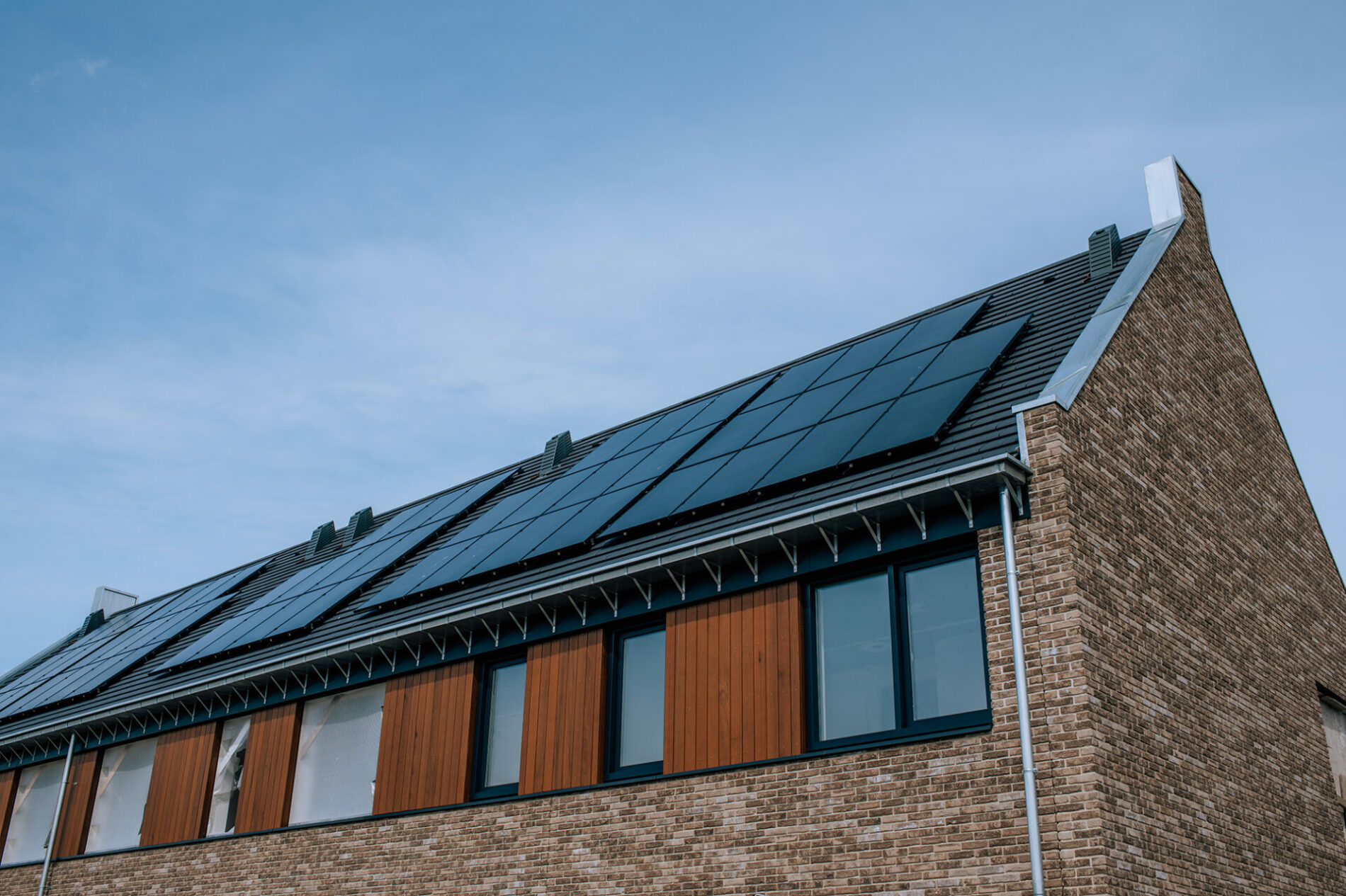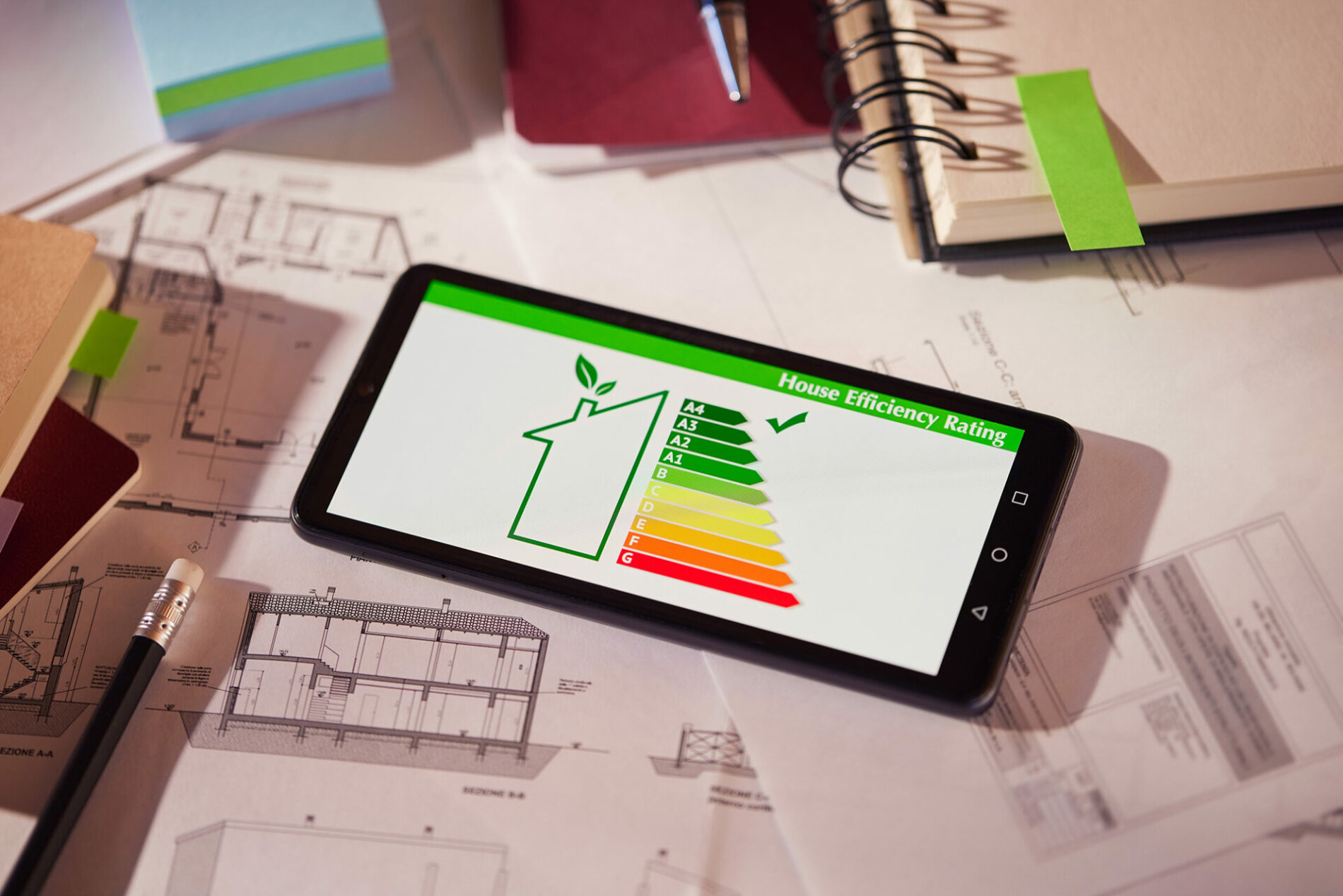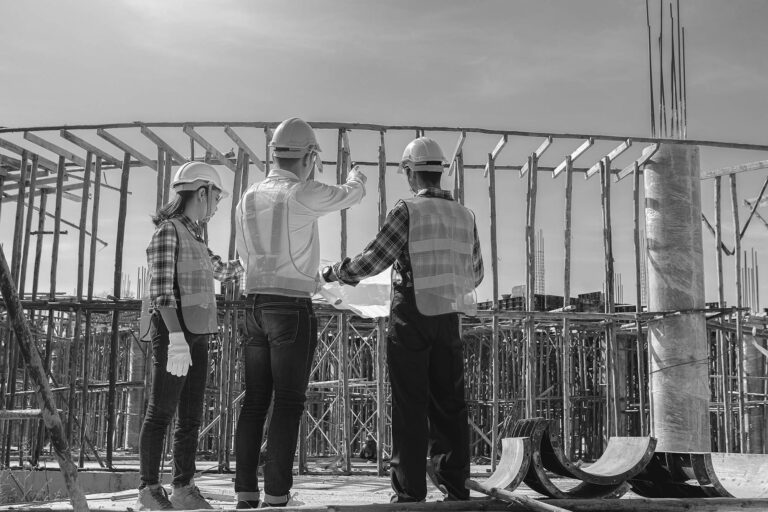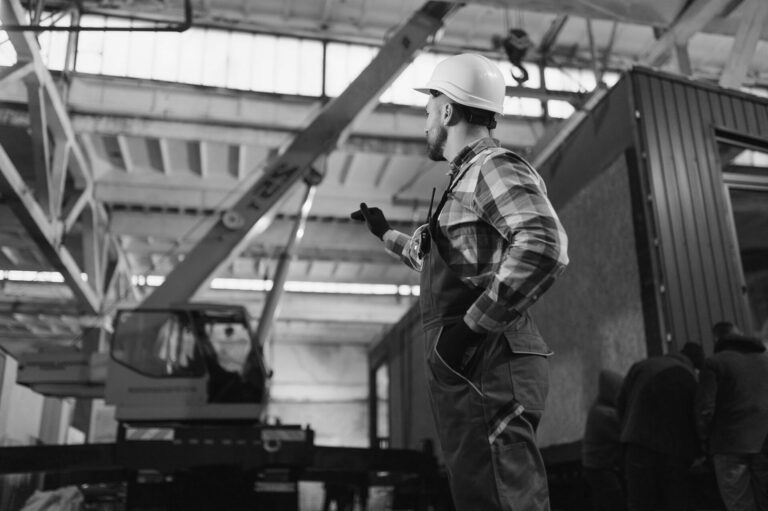The concept of a zero energy home is a fast developing one, gaining interest and traction around the world. So, what makes these homes an attractive proposition? Well, in truth, there is no great secret to it. As world leaders converge once more to identify and plan new ways to tackle imminent and far-reaching climate disruption, living in a structure that is self-sufficient in terms of energy usage is incredibly appealing. When it comes to building homes however, there is no easy fix with regards to carbon emissions. Construction is an energy-heavy environment, and the effects of this energy usage needs to be addressed. Many avenues are being explored, each with varied rates of success and potential. Embodied carbon, sustainable materials, solar panels, each have their place in the construction ecosystem. However, in order to reach net-zero, the solutions need to go beyond potential and exploration.
Zero energy homes have been around, in one form or another, for much longer than you might think. In 1973, while in the midst of an oil crisis that quadrupled the price of energy, Denmark invested in significant energy conservation in building research. The resulting experiment, the Lyngby house, contained vertical solar collectors and previously unheard-of levels of insulation to store the sun’s energy year-round. While not entirely successful, the program provided enough information and had enough potential for the idea to be carried forward. According to Dr Marc O Riain, President Emeritus of the Institute of Designers in Ireland, the program, while not perfect, served as the inspiration for many future initiatives. “The team used super-insulation, recognized thermal bridging, achieved good airtightness, and used heat recovery ventilation. The complicated active systems like solar water and seasonal storage tank were prone to damage and efficiency issues and were extremely expensive. However, they pointed the way for the rest of us and we stand on the shoulders of such pioneers whose legacy we are only seeing in mainstream construction today.”
So, what is a zero energy home? Interestingly, these structures are not simply houses with solar panels and sustainable materials. The concept goes significantly further than that. Zero energy homes combine advanced design and superior building systems with energy efficiency, solar power, and the most environmentally sound techniques. The result is a home that is so well insulated, air-tight and energy efficient that it can produce as much renewable energy as it consumes over the course of a year. “Zero energy homes are better, more durable, homes from the ground floor up to the roof. Thicker more air-tight walls, fresh filtered air, and advanced window technologies, among many other features, ensure that our zero energy home is better protected and more durable than the average home.”

While some may fear the prospect, and potential unreliability, of off-grid living, zero energy homes are grid-tied, meaning that energy is readily available just like any other home. However, due to a range of design, material and technological considerations, the end-user will be left with a net-zero energy bill and a carbon free home. According to those at Zero Energy Project, the benefits are innumerable. “Zero energy home is not just a “green home” or a home with solar panels. A zero energy home combines advanced design and superior building systems with energy efficiency and on-site solar panels to produce a better home. Zero energy homes are ultra-comfortable, healthy, quiet, sustainable homes that are affordable to live in.”
“A zero energy home combines advanced design and superior building systems with energy efficiency and on-site solar panels to produce a better home.”
Similar to any other home, the price of these structures will vary, based on location. However, the Zero Energy Project is quick to allay fears that these homes will stand out negatively, in comparison to other houses in a community. With the technology being so embedded in the process, these houses can be built to any specification. “A zero energy home can fit your life and your style. Individuals, couples, and families, of all ages and incomes live in zero energy homes, from the warm, humid climate of Florida to the very cold regions of Alaska. These homes can range from mansions to development homes, to small cottages and tiny homes. Zero energy homes can look like any other home or have their own unique style. Across the U.S. and Canada, you will find many styles of zero-energy homes – from colonial, to modern, to craftsman, or ranch and everything in between.”

For the Zero Energy Project, the goal is not to profit from these homes, however. The Project itself is not in the building trade. Its mission is to educate and inform, advocating for a sustainable alternative to traditional building practices. “The Zero Energy Project’s goal is to help home buyers, builders, designers, and real estate professionals take meaningful steps towards radically reducing carbon emissions and energy bills by building zero net energy homes and near zero energy homes. We envision the day when positive energy homes, which produce more energy than they consume, will power electric vehicles as well as homes, so that everyone can live well with less expense and without fear of energy price spikes, while greatly reducing our carbon emissions.”
The need for these changes is patently clear. At the World Climate Action Summit, COP28, the Global Decarbonization Accelerator (GDA) was unveiled. This is a series of landmark initiatives designed to speed up energy transition. The GDA is working towards this by focusing on three key pillars —rapidly scaling the energy system of tomorrow; decarbonizing the energy system of today; and targeting methane and other non-CO2 greenhouse gases (GHGs). This whole-scale plan for change is looking at both supply and demand simultaneously and is being led by key stakeholders, including the international organizations, governments and policy makers, NGOs, and CEOs from every industrial sector. Dr. Al Jaber, President of COP28 made clear the rationale for this initiative. “The world does not work without energy. Yet the world will break down if we do not fix energies we use today, mitigate their emissions at a gigaton scale, and rapidly transition to zero carbon alternatives. That is why the COP28 Presidency has launched the Global Decarbonization Accelerator.”
With global changes afoot, and an ever-increasing need to transition from emissions heavy energy sources, zero energy homes are a hugely important development. What began in Denmark in 1973 has grown and developed with the times. It is now a viable option for homeowners and, according to the Zero Energy Project, it is one of the wisest investments you could make. “A home is an important purchase in your life. Since today’s zero energy homes are built to tomorrow’s standards and cost less to own from day one, your investment will pay off, from the very first day to the last.”


















